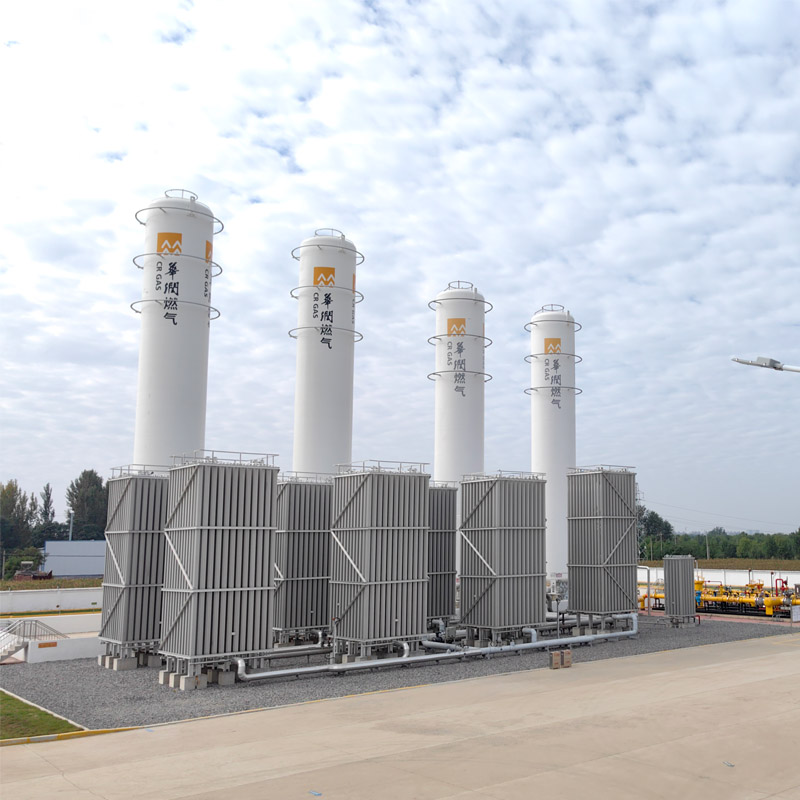
8 月 . 13, 2024 08:22
Back to list
Understanding the Functions and Importance of a Gas Regulator in Pressure Management Systems
Understanding Gas Regulators Essential Components for Safe Gas Management
Gas regulators are vital devices widely used in various industrial and residential applications to control the pressure of gas. Their primary function is to ensure that gas delivered from a source, such as a pipeline or a gas cylinder, maintains a steady pressure suitable for safe and effective use. The importance of gas regulators cannot be overstated, given their role in preventing accidents and ensuring the efficient operation of gas-powered equipment.
How Gas Regulators Work
At its core, a gas regulator is designed to reduce and stabilize the high pressure of gas coming from its source to a lower pressure suitable for consumption. Most gas regulators consist of a few essential components a sensing element, a diaphragm, and a control mechanism. The sensing element detects the outlet pressure and, depending on its reading, the diaphragm adjusts the flow of gas. When the outlet pressure exceeds the desired level, the diaphragm closes the gas flow, and when the pressure drops, the diaphragm opens it.
Gas regulators can be found in a multitude of settings, from industrial facilities that utilize large gas systems to residential homes relying on natural gas for heating and cooking. They may be specifically designed for different gas types, including propane, butane, or natural gas, thus ensuring that the regulator meets the unique pressure and flow requirements of each gas type.
Types of Gas Regulators
There are two primary types of gas regulators first-stage and second-stage regulators. The first-stage regulator reduces the high inlet pressure from the gas source to a manageable level, while the second-stage regulator further lowers the pressure to a usable level for appliances. This two-stage process ensures that the gas pressure remains stable and that fluctuations do not cause damage to sensitive gas appliances.
gas regulator

Another classification of gas regulators is based on their application. Some regulators are designed for high-flow applications, while others are tailored for low-flow settings. In addition, certain regulators are adjustable, allowing users to manually set the desired output pressure, while others are preset and require no adjustment.
Safety and Maintenance
Safety is paramount when it comes to gas use, which is why gas regulators must be installed and maintained properly. A malfunctioning regulator can lead to over-pressurization, which can cause gas leaks or explosions. Therefore, regular maintenance checks are necessary to ensure that regulators are functioning correctly. Common maintenance tasks include inspecting for leaks, checking the diaphragm for wear and tear, and ensuring that all connections are secure.
In addition, users should be aware of the regulatory standards that govern the installation and use of gas regulators. Compliance with local codes and regulations not only ensures safety but also enhances the operational efficiency of gas systems.
Conclusion
Gas regulators play a crucial role in the management and safety of gas usage across various applications. By controlling the pressure of gas, they safeguard against potential hazards, ensuring that gas reaches users in a safe and efficient manner. Whether in residential settings, commercial enterprises, or industrial operations, understanding the function and importance of gas regulators is essential for anyone working with gas-powered systems. Proper installation and maintenance of these devices can significantly reduce risks and enhance overall safety in gas management practices.
Latest news
-
Unlocking The Quality Gas Pressure ReducersNewsNov.01,2024
-
The Role of Gas Pressure Reducing StationsNewsNov.01,2024
-
The Importance and Functionality of Safety Relief ValvesNewsNov.01,2024
-
The Essential Role of Safety Valves in Natural Gas ApplicationsNewsNov.01,2024
-
The Essential Role of Gas Pressure RegulatorsNewsNov.01,2024
-
Enhance Your Premium Gas FiltersNewsNov.01,2024

